
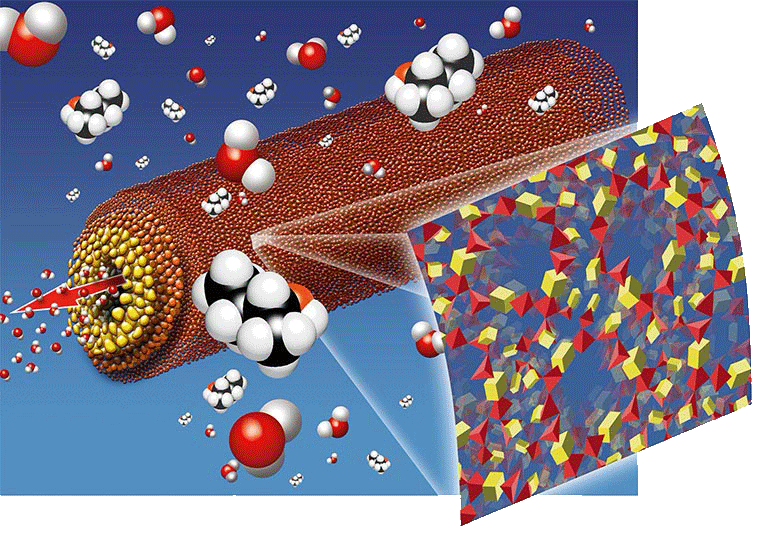
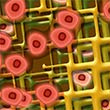
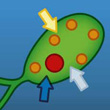
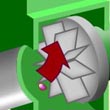
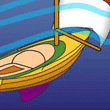
This page gives an overview of scientific illustrations and animations. You will get an impression of what Idiomorf can do for you in terms of visualisation of scientific subjects. Click on one of the tiles to see the whole picture.
These scientific animations and drawings are made to illustrate chemical reactions, a physical test or material properties. This can be done using a variety of drawing techniques. Drawings about chemical compounds and physical experiments that are shown here are digitally drawn. This makes further adaptation to interactive animation or implementation in a scientific image bank attractive. This graphic website as it is on the internet will be updated with new drawings from time to time. This is always done in consultation with the client. Illustrations that can visualise complicated processes are also widely used in scientific education. Instead of visualising visible reality, we now also see attention for visualising functional aspects of nature, such as: growth processes, movement patterns, physiological processes, nanotechnology, change processes in life through time (evolution).
This in turn is expressed in new drawing methods such as open-ended drawings, exploded views, infographics, which visualise processes step by step. Due to the increasing influence of the Internet, technical animations and interactive drawings in particular are also part of the visualisation possibilities. This allows the user to determine the course of the animation. These animations are extremely small due to their compressed file structure. This keeps the loading time for a web page short. The animated drawings can also be protected against copying. In general, there is a strong tendency to schematic chemical reactions and reduce scientific information. This means: depicting the essence as strikingly as possible, omitting superfluous details.
Furthermore, the digital animation has acquired a permanent place between the classic manual illustration techniques such as pencil drawing and watercolour. Sometimes the animation has replaced the drawing, especially in depicting the very large (representation of the universe) and the very small (eg microstructures on crystals).
The animation is also above all other means of expression when it comes to the realistic representation of an object in motion, instrument or execution of a test. The animation is therefore more than a moving illustration and an extension of a fantasized event.
The animation is capable of slowing down moving things, such as the movement of a bird’s wings or the bursting of a drop of water. Click on one of the tiles to see an animation.
For questions, remarks or interest, please contact us directly.
We will be happy to assist you.
